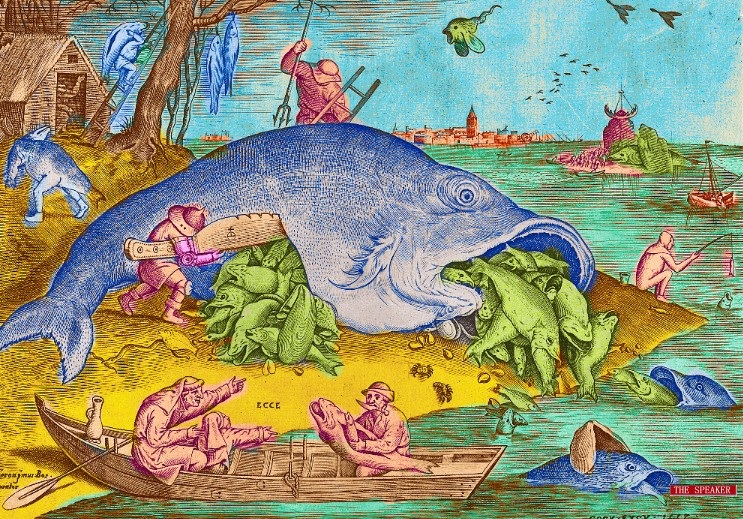New understanding has been gained into how densities within populations can affect outcomes for the species as a whole. Answers to how species populations can be manipulated to increase and properly manage fish yields, better eliminate unwanted pests, and other species-wide effects have been demonstrated by Princeton University researcher Anieke van Leeuwen and two European colleagues who asked, “Can less really be more?”
“When we think about dynamics in ecological systems, either in one population or through interactions between populations (for example predator-prey dynamics or competition) or in entire ecosystems (food webs), we have to consider the fact that individual organisms differ within a population (or stock or species),” Dr Anieke van Leeuwen, postdoctoral research associate at Princeton University’s Department of Ecology and Evolutionary Biology and one of the three authors of the report, told The Speaker.
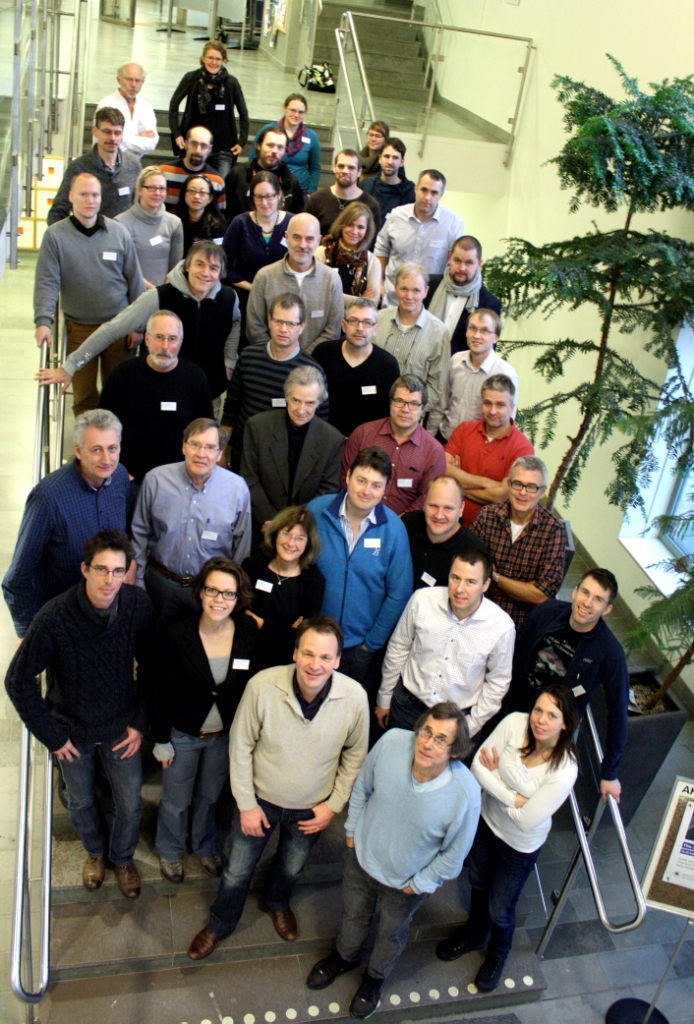
There was a significant benefit to understanding how differences among individuals within a species population affect outcomes for the whole, van Leeuwen told us.
“There are differences in sizes, and individuals need to grow and develop, which costs energy. In other words, we cannot think in terms of numbers of individuals (and therewith average all biological characteristics, such as size, over all individuals). We will have to count the biomass per individual organism and account for the energy that it takes to grow to that size and maintain that biomass.”
Van Leeuwen explained how this could be done.
“Consider a herring population that has grown to the maximum ‘capacity’ of its resource environment. In such a setting we would predict that all individuals in the population experience harsh competition for resources, resulting in slow growth and a population size-distribution that is hump-shaped. Or in other words, the population is stunted.
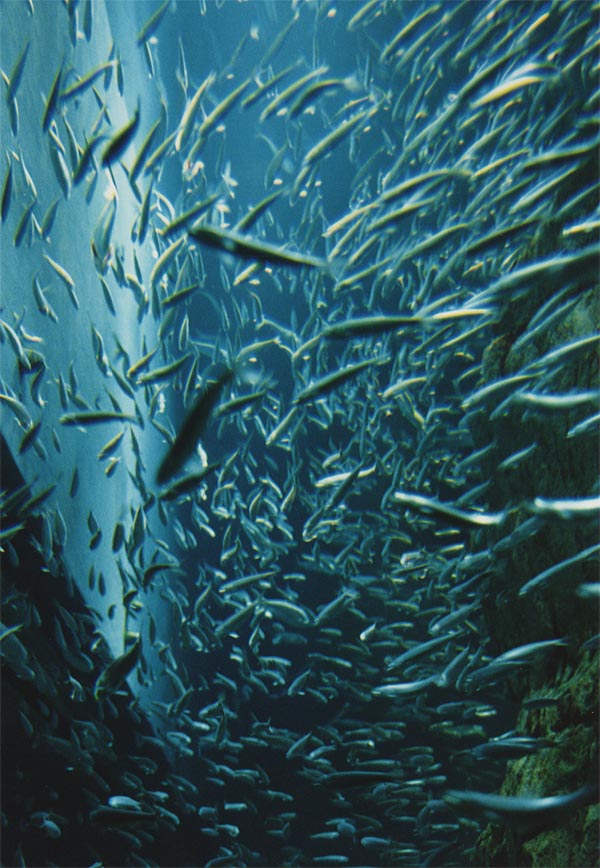 “When we are interested in harvesting in particular the large individuals, the presence of such large, mature individuals could be boosted by some source of mortality on this herring population. Through increased mortality the intra-specific (i.e. intra-population) competition can be released, which would allow individuals in the population to attain higher growth rates and reach larger individual sizes. In the scenario accounting for some source of mortality (which may be imposed by fisheries or caused by predatory marine
“When we are interested in harvesting in particular the large individuals, the presence of such large, mature individuals could be boosted by some source of mortality on this herring population. Through increased mortality the intra-specific (i.e. intra-population) competition can be released, which would allow individuals in the population to attain higher growth rates and reach larger individual sizes. In the scenario accounting for some source of mortality (which may be imposed by fisheries or caused by predatory marine 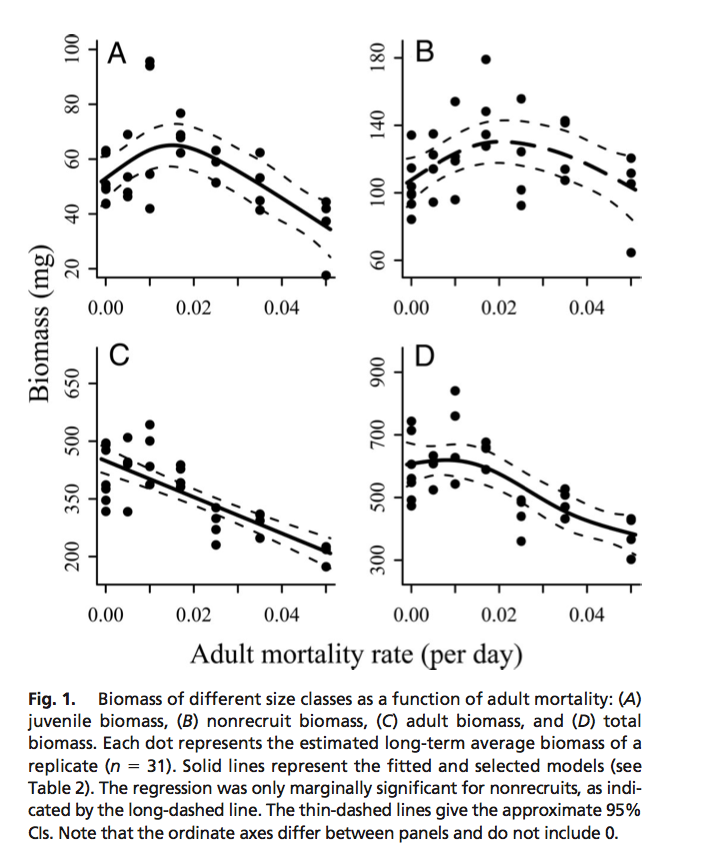 species, such as cod) the population size-distribution would become bimodal (at least to a much stronger extent than in the previous scenario) and large individuals are present (at all, or in higher densities than before).”
species, such as cod) the population size-distribution would become bimodal (at least to a much stronger extent than in the previous scenario) and large individuals are present (at all, or in higher densities than before).”
Van Leeuwen pointed to an earlier research paper, “How cod shapes its world,” which provided illustrations of the overcompensation phenomenon as well as the collapsing pattern that can result from overfishing in a more complex species system. In this research, the scientists reviewed existing studies that showed positive population level impacts of mortality, and explained how this has been looked at in theoretical models: classically (i.e. mostly non-size-structured populations) vs when accounting for population size structure, and compared the essential assumptions and processes of such models with what is reported in empirical studies.
Logically extending their understanding, the researchers concluded that species could be decimated if imposed mortality surpassed a certain point.
“If fishing pressure in such a setting steadily increases, observations show and models predict that there is a maximum, above which the herring population collapses,” van Leeuwen explained. She offered an illustration from the world of art: Pieter Bruegel the Elder’s “Big Fish Eat Little Fish” (1557).
“It shows the importance of size-structure and differentiation so beautifully, while at the same time pointing out that humans are overexploiting natural systems,” commented van Leeuwen.
In seeking to understand species dynamics, many ecological models have ignored differences in body size in development while predicting that 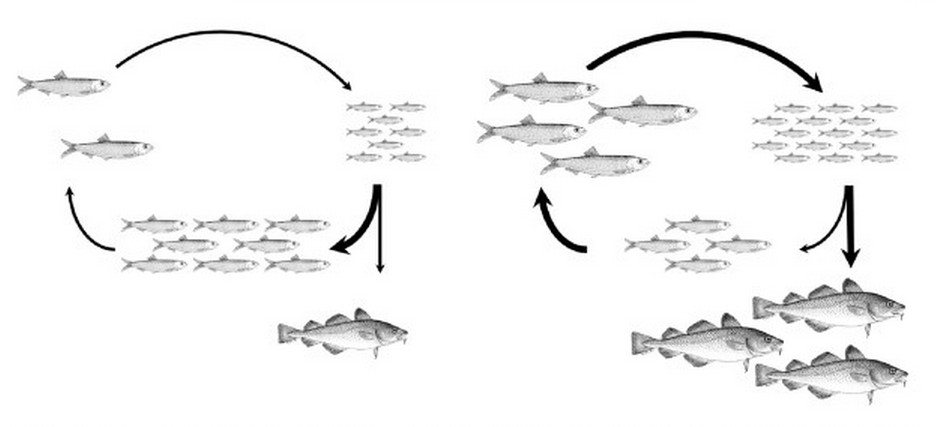 modest gains in total species numbers could be achieved by imposing mortality. Considering these theories, in addition to research that has shown that mortality of individuals from certain life stages or size classes can have a positive effect, the researchers concluded that the overlap of these data showed that it was a division along lines of developmental stages that was key to understanding mortality benefits.
modest gains in total species numbers could be achieved by imposing mortality. Considering these theories, in addition to research that has shown that mortality of individuals from certain life stages or size classes can have a positive effect, the researchers concluded that the overlap of these data showed that it was a division along lines of developmental stages that was key to understanding mortality benefits.
“Only theory predicting the life stage specific positive mortality effects accounts for fundamental aspects of individuals,” the researchers found. “Mortality-induced density increases that are specific to life-history stage are common in nature.”
We asked van Leeuwen about whether their findings could be applied to human populations to understand the world’s various demographics. The comparison of humans to other animal species was complicated, she said, because human existence involves much more complicated social relationships than the animal settings in the study systems the researchers looked at allow for (for example, laboratory settings or the simplifying assumptions made in mathematical models).
“This question is extremely hard to answer from our context,” said van Leeuwen. “I think it is reasonable to say that in general human populations are limited in a different fashion or by different kinds of resources than the simplified ‘one-resource’ by which consumers are limited in the studies we refer to.
“Moreover, the structure in human populations is very much determined by certain social constructs and social configurations. These would influence populations to a large extent, while the research we review discounts any such social structure.”
Van Leeuwen offered an alternative starting point.
“I think with respect to potential applications for human interest, we should rather think about how the concept of culling has been known and used for ages in forestry and agriculture; and also in recreative or sports fisheries this is a familiar phenomenon.”
The report, “When less is more: positive population-level effects of mortality,” was completed by first author Arne Schröder, a postdoctoral research fellow at the Leibniz-Institute of Freshwater Ecology and Inland Fisheries in Berlin and first author, and Tom Cameron, a lecturer in aquatic community ecology at the University of Essex in the United Kingdom, in addition to van Leeuwen, and was supported by the Journal of Experimental Biology, the Swedish Research Council and the Leibniz-Institute of Freshwater Ecology and Inland Fisheries, the University of Leeds, the National Environment Research Council and the European Commission Intra-European Fellowship, and the National Science Foundation.
By Day Blakely Donaldson
Photos: the research team, Jørgen Schyberg, and The Speaker
